
How do you replace the RAM in a desktop?
What do you need?
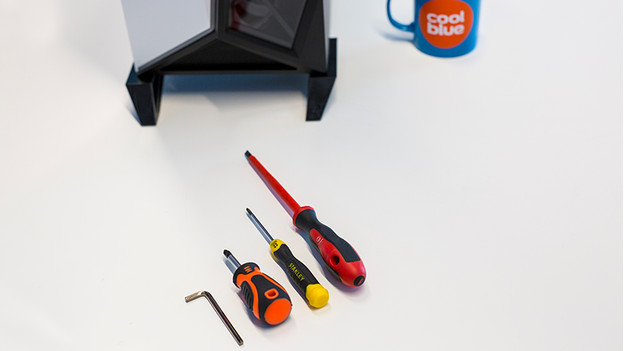
- Tools to unscrew the computer housing
- An antistatic wrist strap
- A desktop PC
- 1 or more RAM modules
- A cup of coffee
Tip: leave the new RAM module in the package as long as possible. The risk of damage due to static charge or dust will be minimal.
1. The basics

Switch off your computer completely, so don't put it on standby. Next, remove all cables and start with the power cable. Then, turn on your computer one more time, so that all the power that remains in the power supply also disappears.
2. Avoid a static shock
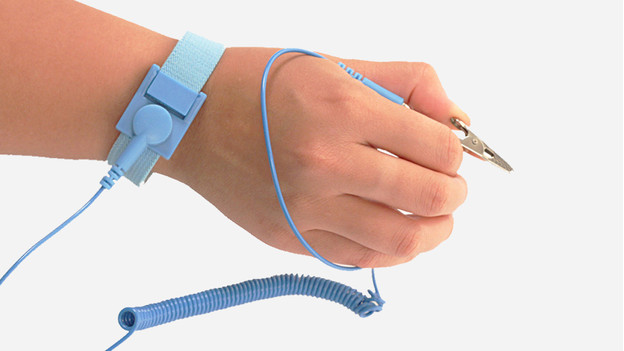
If you're going to tinker with a computer, it's important not to be statically charged. You have probably felt that static charge as a shock that you occasionally get when you shake someone's hand. That charge, no matter how small, can be disastrous for the components in your PC. I therefore advise you to put on an anti-static wrist strap.
You can also 'discharge' yourself by touching a metal part of the housing. You must keep repeating this while going through this manual.
3. Open the computer
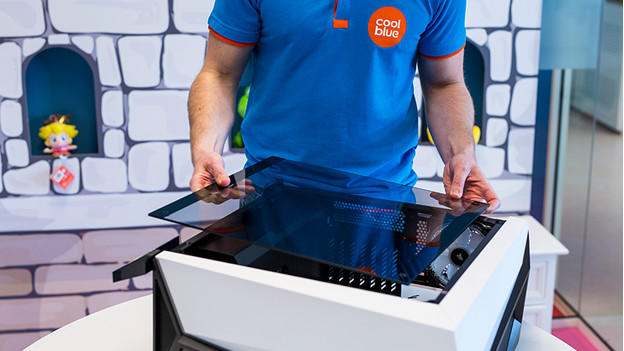
Place the casing of your computer with the right side on the table and turn the back towards you. Here you see 2 to 3 large screws. Remove it and slide the side of the computer away. You can now see the motherboard and all other computer components.
4. Locate the RAM

In most cases, the slots for your RAM are located next to the processor on the top right of the motherboard. The processor can be recognized by the fan mounted on it. You also see 2 or 4 benches with RAM in it.
5. Remove your current RAM modules
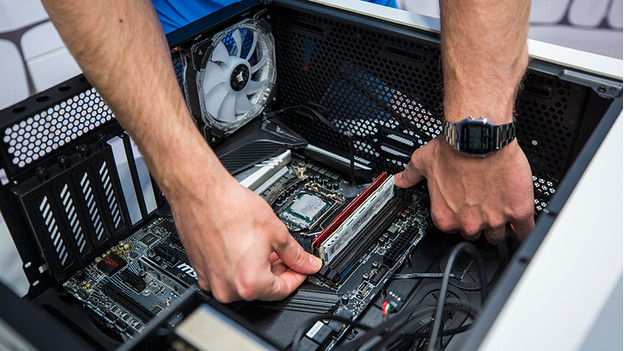
You can skip this step if you put extra RAM next to the current RAM. Before you can install the new RAM, you must first remove the RAM that is now installed in your desktop computer. You can do this by gently pulling on the clips on either side of the RAM. This way you can easily remove the RAM from your PC. And now that you're at it, clean the memory slots immediately by blowing away the dust with compressed air or by vacuuming it very carefully.
6. Install the new RAM
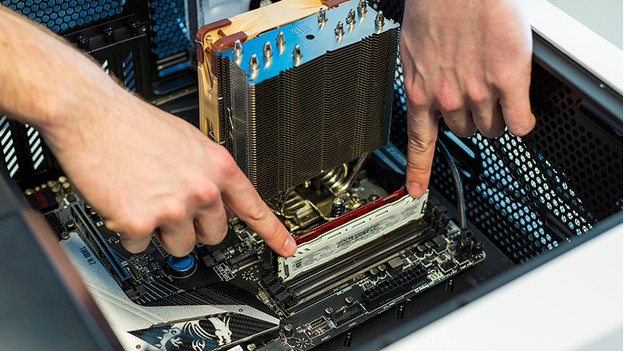
Now it's time to install your new RAM. First of all, make sure you install the RAM module correctly: the slot must match the increase in the memory bank. You can only place the RAM on your motherboard in 1 way.
Now, you can place the internal RAM on the memory bank in this way and push it by pressing it from the top right. Close the clip again and the RAM is installed.
Note: If you don't fill all memory banks, check the manual of your motherboard or PC to check which locks you have to use first. By placing the RAM in the wrong slots, the speed of your desktop can slow down.
7. Use it
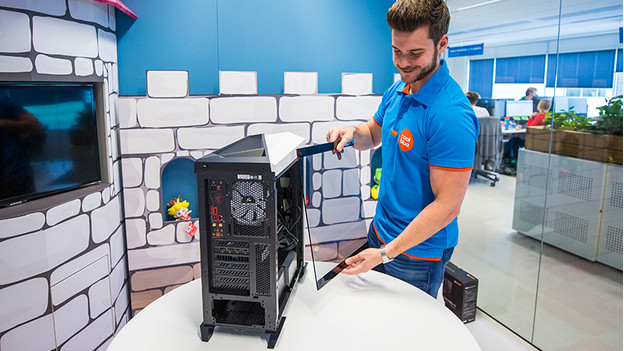
Close your computer housing and reconnect it. Normally, you now immediately benefit from a faster PC through new RAM. However, it sometimes takes a while for your PC to recognize the new memory. After a restart, it is usually resolved.


